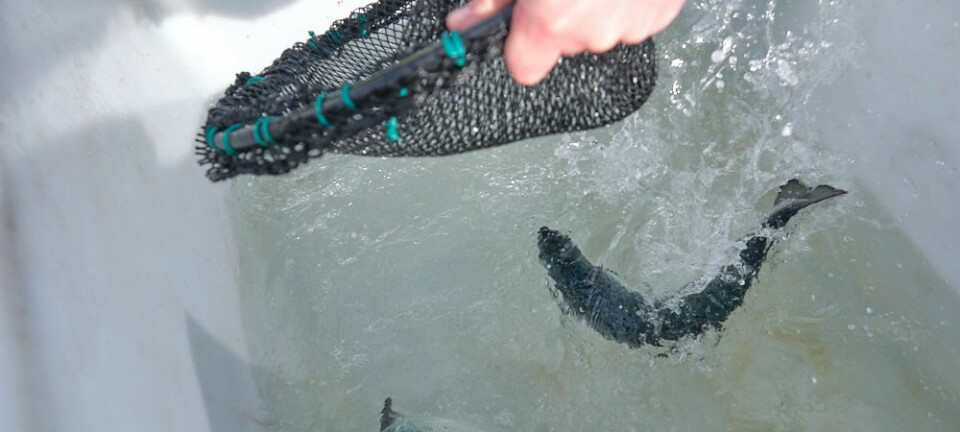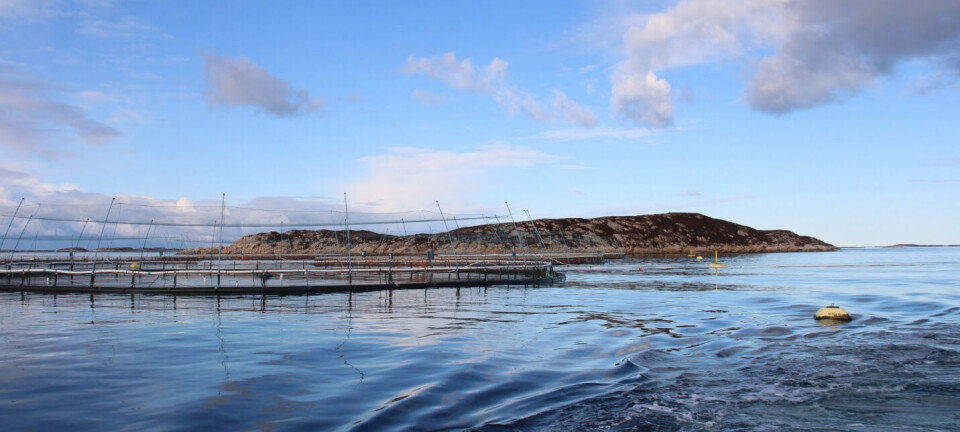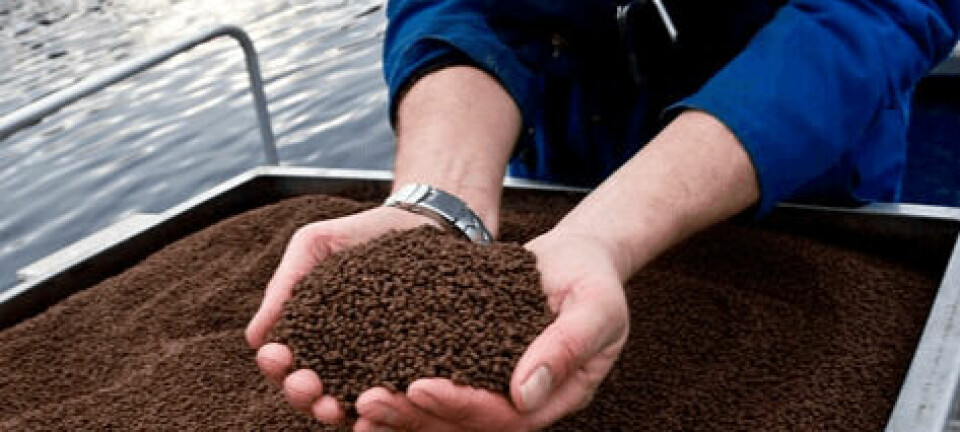
BC fish farms shutdown 'will massively increase carbon footprint of salmon'
Aquaculture association chief slams 'idiotic' closure decision as Chile eyes export opportunity
The Canadian government’s decision to ban open net pen salmon farming in British Columbia by 2029 has been described as “idiotic” and a “travesty” after a Chilean trade attaché predicted that it could benefit Chile’s salmonid industry.
Silvana Gattini, trade commissioner for state export promotions agency ProChile in Canada, was speaking to Fish Farming Expert’s Chilean sister site, Salmonexpert.cl.
“This measure aims to protect wild Pacific salmon, an important species for local culture and the region’s biodiversity,” said Gattini. “However, the reduction in the supply of Canadian salmon represents an opportunity for the Chilean product, which could occupy part of that space in the market by reinforcing its sustainability and traceability credentials, elements of high value for Canadian consumers.”

The reduction in the supply of Canadian salmon represents an opportunity for the Chilean product, which could occupy part of that space in the market
Carbon footprint
Canadian fish farmers regard the upcoming BC net pen ban as a vote-seeking move by the ruling Liberal Party and have pointed out that several studies by the government’s own scientists have concluded that salmon farming poses no more than a minimal risk to wild salmon.
Tim Kennedy, president and chief executive of the Canadian Aquaculture Industry Alliance, highlighted the distance Chilean salmon would have to be transported to meet the consumer demand created by the federal government’s decision, and the carbon footprint the salmon would have.
“Canadians want more home-grown salmon. Studies and retailers tell you that,” said Kennedy.
“If the Canadian government was actually serious about climate change, they would not make decisions that massively increase the carbon footprint of our food and harm Canada’s food security. Instead, we have idiotic decisions that force Canadians to buy food from thousands of kilometres away, instead of realising a massive opportunity for Canada. This is a total travesty.”
Larger market share
ProChile’s Gattini told Salmonexpert.cl that the key to Chilean producers capturing a larger market share in Canada lies in innovation and strengthening their supply chain.
“Diversification in product presentations and the use of technology in production are key strategies in a country where consumer trends are constantly changing. Adapting to Canadian online shopping habits and responding to the demand for convenient options, such as salmon burgers and marinated skewers, can be a way to gain preference among consumers,” she said.
Gattini said the Chilean sector must invest in further promoting its sustainable practices to remain competitive in the Canadian market. “Dissemination programmes on the use of renewable energy, research and development of efficient feeding technologies, and collaboration with top-level suppliers can strengthen the positive perception of its salmon and its environmental commitment. This will allow Canadian consumers to value even more the quality and responsibility behind each bite of Chilean salmon.”
34% volume rise
According to Chile’s National Customs Service, between January and September 2024, 6,838 tonnes of salmonids worth US$84 million were exported from Chile to Canada, an increase of 34% in volume and 31% in value compared to the same period in 2023, when 5,075 tonnes were exported for US$64m.
Meanwhile, based on information provided by sector data provider Skills, the Chilean salmon farming companies that sent fish to Canada between January and September of this year included Cooke Chile (763.6 tonnes worth US$13.2m); Salmones Austral (944.2 tonnes worth US$12.2m); Invermar (632 tonnes worth US$8.8m); Multi X (607 tonnes worth US$8.3m); and Marine Farm (549 tonnes worth US$5.5m).
Of the total volume of salmonids sold to Canada between January and September 2024, nearly all was exported frozen. As for species, 71.09% was Atlantic salmon, 19.25% was coho salmon and 7.95% was trout.























































